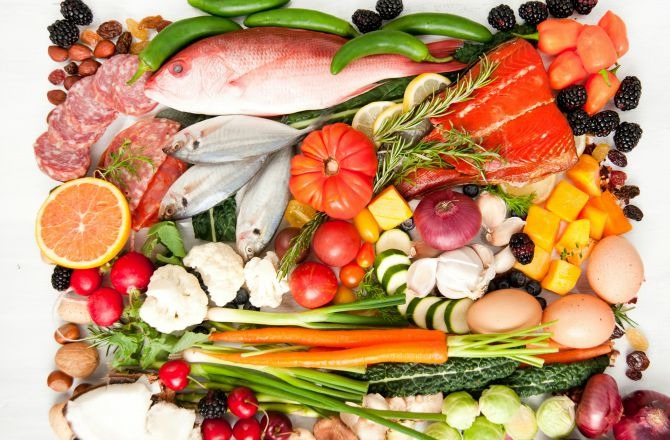What Is The Paleo Diet?
If you're looking for a blast from the past, try going paleo. The paleo diet, which was created by Robb Wolf, adapts similar practices to those of hunter-gatherers; it's all based on what our ancestors ate. Fruits, vegetables, meats, seafood, and nuts are all fair game on the paleo diet, which is backed by various studies.
Click here for the Top 10 Paleo-Friendly Hotspots in the US slideshow.
When it comes to the types of food you can eat on the paleo diet, it is all about what our ancestors had access to. This means no dairy, grains, processed foods and sugars, legumes, starches, or alcohol. Fruit and vegetables should be bought fresh, and it's strongly encouraged that you go for organic and grass-fed varieties of meat. With a diet that eliminates processed foods, you will spend a lot more time at the grocery store in search of fresh produce and meat. Nuts you can store, but for the most part, you won't be able to stock up on foods, which can get expensive.
Finding balance with the paleo diet is important, especially because you'll eat from a limited number of food groups. A study by Emory University found that Paleolithic people consumed 35 percent of calories from fats, 35 percent from carbohydrates, and 30 percent from protein.
Although it is impossible to eat completely like our ancestors, this diet gets pretty close. However, experts' opinions waver when it comes to whether or not the paleo diet is healthy. There are some benefits, such as the elimination of processed foods and high intake of fruits and vegetables. However, the downside is that you may be missing nutrients from the foods you cannot eat. If you consider adopting the paleo diet, consult with your doctor or a nutritionist first.
